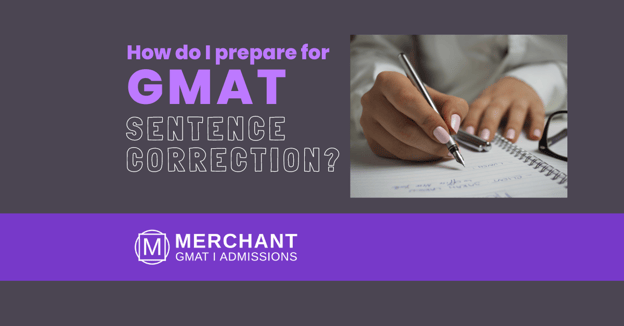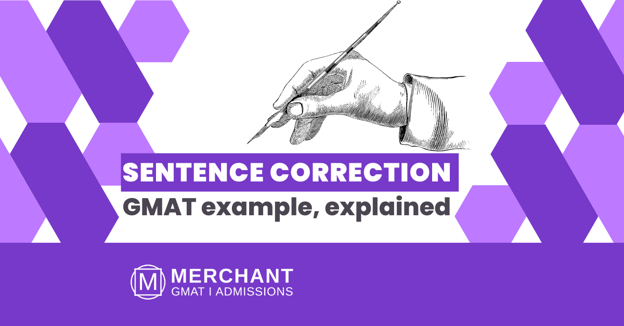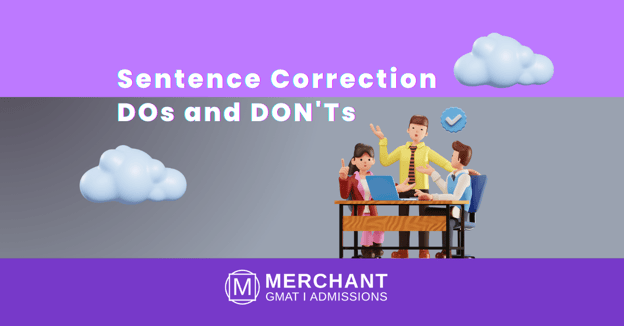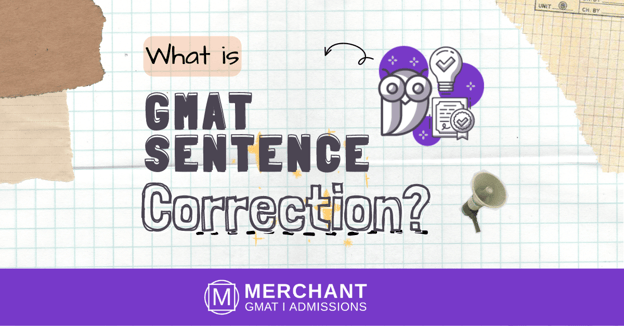GMAT Sentence Correction: The Essential Guide to SC Errors
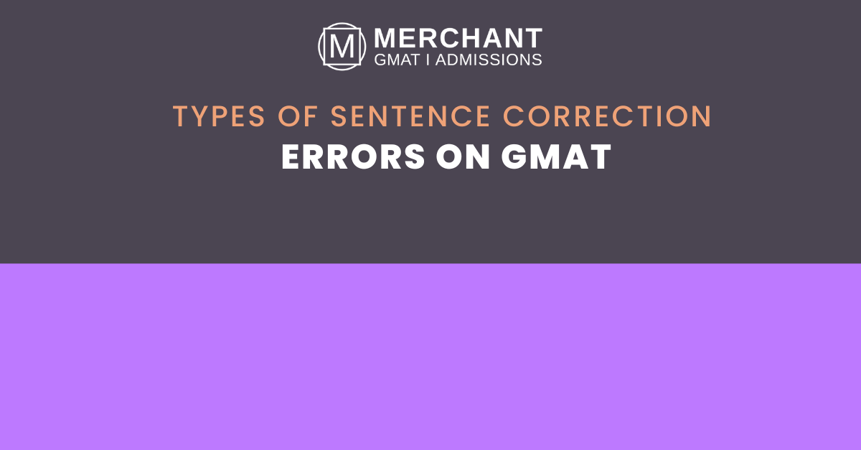
Are you thinking about taking the GMAT? If so, then it's important for your future success that you thoroughly understand all of the different topics you may encounter on Sentence Correction (SC) questions. These challenging questions can make or break your exam score and therefore require critical knowledge in order to answer them correctly. This guide will explain the structure of GMAT SC as well as helpful strategies for increasing your chances of tasking these types of questions successfully. Whether you are a prospective MBA student or just an aspiring test taker, this guide is sure to improve your test-taking skills, giving you peace of mind while tackling those tricky grammar rules and sentence structures.
Overview of GMAT Sentence Correction
The GMAT SC is an integral part of the examination that assesses a test-taker's abilities in written English. The purpose of the section is to measure a candidate's ability to critically analyze given sentences and revise them into more effective and accurate expressions. GMAT SC challenges students on word choice, grammar, idioms, punctuation, and other elements of style. To ace this section of the test, it is essential for students to know how English grammar works in order to identify errors as well as understand the context of correct usage of language. Hence, it is vital for test-takers to brush up on their grammar before taking this part of the exam in order to achieve success.
Understanding the Different errors you may find in GMAT Sentence Correction Question
Before we dive into the different errors you may find in SC questions, it's important to understand that these may be classified into three types. These are grammar, meaning, and concision type errors. Grammar-based errors are related to basic grammar rules, such as subject-verb agreement and pronoun usage. Meaning-based errors involve the meaning of a sentence, such as idiomatic expressions and sentence structure. Concision-based errors refer to eliminating redundancy and wordiness. Now let's look at each of these types of errors more in detail.
Grammar-Based GMAT Sentence Correction errors
Grammar-based errors are related to basic grammar rules. To solve these questions, you'll need to identify errors in grammar such as subject-verb agreement, verb tense, pronoun usage, and modifiers. For example, a question may ask you to identify the error in the following sentence:
"The committee, who are composed of members from different countries, are meeting tomorrow."
The correct answer would be to replace "who" with "which" to create a non-restrictive clause. Another concept you should consider is that of collective nouns. Collective nouns such as ‘committee’ can be either singular or plural. They are singular when they act collectively or represent one group. They are plural when the members of the group act as individuals. In the example above, the focus is on the committee as a group. They are all meeting together. Consequently, the verb ‘be’ should be expressed in the singular. Other examples of grammar-based questions include parallelism, comparison, and verb form. To improve your skills in identifying and correcting grammar-based errors, you should brush up on your basic grammar rules and practice with sample questions.
Meaning-Based GMAT Sentence Correction errors
Meaning-based errors involve identifying the intended meaning of a sentence. These questions focus on the logic and meaning behind the words, phrases, and clauses used in the sentence. You'll need to pay attention to the overall context and logic of the sentence, as well as the relationships between different parts of the sentence. For example, a question may ask you to identify the error in the following sentence:
"The company's policy was to lay off employees who missed too much work, but they later decided to change it."
The correct answer would be to replace "they" with "it" to clarify the antecedent of the pronoun. Other examples of meaning-based errors include idioms, verb tense, and ambiguity. To improve your skills in identifying and correcting meaning-based errors, you should practice reading sentences carefully and paying attention to the intended meaning.
Concision-Based GMAT Sentence Correction errors
Concision-based errors refer to identifying ideas that are expressed in a clear and concise manner. These types of questions focus on identifying and eliminating unnecessary or redundant words and phrases that can make a sentence wordy and convoluted. Common examples of concision-based errors include using overly complex vocabulary, repeating the same point multiple times, and using filler words such as "basically," "actually," and "literally." These errors can make a sentence unnecessarily long and difficult to read. To identify and correct concision-based errors, it is essential to read each sentence carefully and identify any words or phrases that can be eliminated without changing the meaning of the sentence. A good strategy is to ask yourself whether each word or phrase in the sentence is necessary to convey the intended meaning. If a word or phrase does not add any value to the sentence, it can be removed.
While in-depth knowledge of the English language can help you excel on the GMAT SC portion, being familiar with the three different general categories of errors applied to this section is essential. Each category challenges the test taker in a unique way and will work together to prepare you for success on test day. Developing strategies for each one of these types with your target schools’ expectations in mind will help you confidently answer questions on The GMAT and score high marks. And remember - if you ever feel overwhelmed while preparing for these particular questions, don’t hesitate to reach out to experienced tutors such as Merchant GMAT & Admissions to get your preparation back on track! With our tailored methodologies, tailor-made programs and robust online tools, we’ll ensure that you have what it takes to master GMAT Sentence Correction. So contact us today and make GMAT success happen – now!


